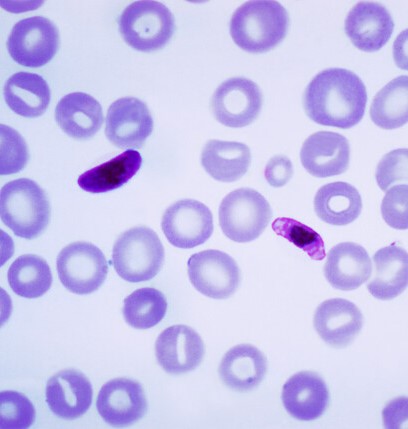 A study using SARS-CoV-2 antibody and T-cell tests shows that 41% of 29 patients who developed a postviral syndrome (PVS) showed evidence of a previous COVID-19 infection, suggesting that millions of Americans with long COVID symptoms were exposed to the virus early in the pandemic but couldn't access testing.
A study using SARS-CoV-2 antibody and T-cell tests shows that 41% of 29 patients who developed a postviral syndrome (PVS) showed evidence of a previous COVID-19 infection, suggesting that millions of Americans with long COVID symptoms were exposed to the virus early in the pandemic but couldn't access testing.
Northwestern University researchers published the results yesterday in Neurology Neuroimmunology & Neuroinflammation.
The team measured SARS-CoV-2 humoral and cell-mediated immune responses against nucleocapsid and spike proteins in 29 PVS patients after suspected COVID-19, 32 age- and sex-matched neurologic long-COVID patients, and 18 uninfected controls. They retrospectively evaluated neurologic signs and symptoms, chronic conditions, quality of life, and cognitive testing data collected at clinic visits.
Potentially 4 million hidden long-COVID patients
Of 29 PVS patients, 12 (41%) had detectable humoral or cellular immune responses consistent with previous COVID-19 infection. Of the 12, 75% had anti-nucleocapsid responses, 50% had anti-spike responses, and all had similar neurologic symptoms as neurologic long-COVID patients but weren't clinically assessed an average 5.3 months later after symptom onset (10.7 vs 5.4 months).
PVS and neurologic long-COVID patients had similarly impaired quality of life, including worse cognitive function and fatigue. PVS patients had similar results in objective cognitive measures of processing speed, attention, and executive function but better working memory than neurologic long-COVID patients.
About 70% of post-COVID clinics in the U.S. do not accept people with long COVID symptoms who do not have a positive test result for COVID.
The study authors said the results highlight "the importance of multitargeted COVID-19 immunologic evaluation and the limitations of commercially available diagnostic tests."
They added that a lack of COVID-19 diagnosis probably delayed care for PVS patients. "Unlike our clinic, about 70% of post-COVID clinics in the U.S. do not accept people with long COVID symptoms who do not have a positive test result for COVID," senior author Igor Koralnik, MD, said in an American Academy of Neurology press release.
"Our data suggest that at least four million people with post-viral syndrome similar to long COVID may indeed have detectable immune responses to support a COVID diagnosis," he added. "More research is needed to confirm our findings."
 The Centers for Disease Control and Prevention (CDC) today announced the launch of a
The Centers for Disease Control and Prevention (CDC) today announced the launch of a 











